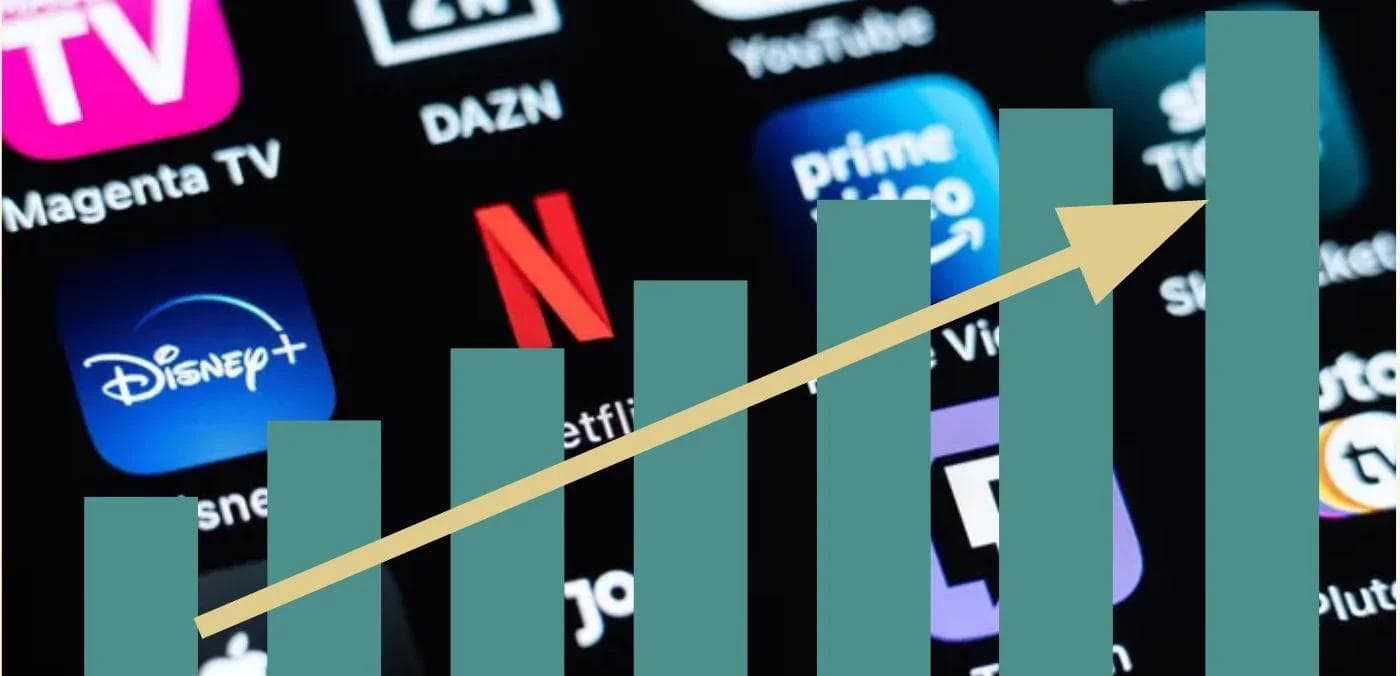Articles
The Growing Challenges of Multi-Platform Streaming Development
BY Vince Wadhwani
•Tue, Feb 11, 2025

Econify has been developing OTT (Over-The-Top) applications for a long time, during which time the streaming landscape has evolved dramatically. What started as a simple choice between web and mobile platforms has expanded into a complex ecosystem encompassing smart TVs, gaming consoles, streaming sticks, and various proprietary devices. This fragmentation presents significant challenges for businesses and their developers when creating streaming applications. It requires a certain amount of experience, and no shortage of flexibility, to navigate these challenges.
Market Fragmentation Reality
Firstly, it is important to understand that when you are developing a platform for streaming, there are a number of things to consider. Each platform brings its own set of technical specifications, UI/UX guidelines, and performance requirements. For example, Android TV differs significantly from Apple TV, while Roku has its own distinct ecosystem. Gaming consoles like PlayStation and Xbox introduce additional complexity with their own unique development frameworks. And the platform numbers are only increasing, year on year.

Platform-Specific Constraints
Not only are the number of platforms multiplying - Sky for example has just recently launched its second generation Sky Glass TV running on Sky OS - but each platform has its own rules that may vary considerably from one to the other. Samsung's Tizen OS might restrict certain advertising formats, while Apple TV enforces strict guidelines on in-app purchases. Some platforms mandate specific video player implementations or limit background processing capabilities. These variations force developers to create platform-specific features while maintaining a consistent user experience.
Practical Tips for Success
Here are some tips to follow from the experience we have garnered over the past few years, developing streaming applications:
- Implement a modular architecture that separates core functionality from platform-specific features. This allows for easier maintenance and platform-specific customization.
- Use cross-platform frameworks strategically. While React Native or Flutter can accelerate development, some platforms require native implementations for optimal performance.
- Create an abstraction layer for video playback. Different platforms support various video codecs and DRM solutions - a unified interface helps manage these differences.
- Design with flexibility in mind. UI components should adapt to different input methods (remote control, touch, game controller) and screen sizes.
- Establish a robust feature flagging system. This enables quick toggling of features based on platform capabilities or restrictions. Don’t be hesitant in turning features off for TVs where the feature impacts performance.
- Implement comprehensive testing strategies for each platform. Automated testing should cover platform-specific edge cases and performance requirements.
A Final Word
The key to success lies in understanding each platform's unique characteristics while maintaining a consistent core experience. By following these guidelines as a first step, developers can create robust streaming applications that work effectively across multiple platforms while adhering to platform-specific requirements. As always, it is a balance between developing for every platform, the budget you have allocated to deliver for your core audience, and the time constraints that accompany every project.
If you are looking to develop an OTT platform, feel free to get in touch with Econify to discuss further. Our experts can help guide you. Read more about some of the work we have done with Endeavor Streaming and Vevo.